#baroque artist
Text

Ferdinand van Kessel (attributed)
The Dance of the Rats
ca. 1690
#Ferdinand van Kessel#flemish painter#flemish painting#flemish art#flemish artist#baroque#baroque painting#baroque art#baroque artist#rats#animals in art#dancing#17th century#art on tumblr#rodent#beautiful animals#art history#aesthetictumblr#tumblraesthetic#tumblrpic#tumblrpictures#tumblr art#aesthetic#beauty
307 notes
·
View notes
Text

Osias Beert (c. 1580-1623)
"Still life with oysters, roasted chicken, sweets and dried fruits" (1610-1619)
Oil on panel
Located in the Kunstberatung Zürich AG, Zürich, Switzerland
#paintings#art#artwork#still life painting#food#osias beert#oil on panel#oil on wood panel#fine art#baroque artist#flemish artist#museum#art gallery#oysters#chicken#fruit#glass#drink#1610s#early 1600s#early 17th century
204 notes
·
View notes
Text

THE SENTRY, 1654 by CAREL FABRITIUS
There is a sleeping sentry in front of the three structures: the wall, the column and the arch. A little black dog looks at the sleeping sentry as he snoozes. In the archway above us, we can see a relief of St. ANTHONY the GREAT, patron saint of agriculture and farm animals.(identifiable by the pig standing at his feet).
This painting, which was finished the year before FABRITIUS’s untimely death, shows the artist’s preference for vivid colors, bright light, atmospheric tones and his willingness to use geometric architectural shapes to create narrative weirdness.
One of the reasons THE SENTRY has stayed with historians all these years is its formalism and lack of closure; it’s neither a cohesive narrative nor a metaphor for a painting. For example, on the street corner where the sleeping sentry sits, there’s a series of irregular architectural shapes that place the soldier’s body in an unclassifiable place.
According to the analysis, the artist planned to have a second figure walk on the wall beyond the gate, although it is not clear what narrative purpose this figure would serve. It has been suggested that he (or she) could have served as an antagonist, a threat to the unseen sentry. However, the inclusion of this figure would only add to the mystery of the painting.
2 notes
·
View notes
Text
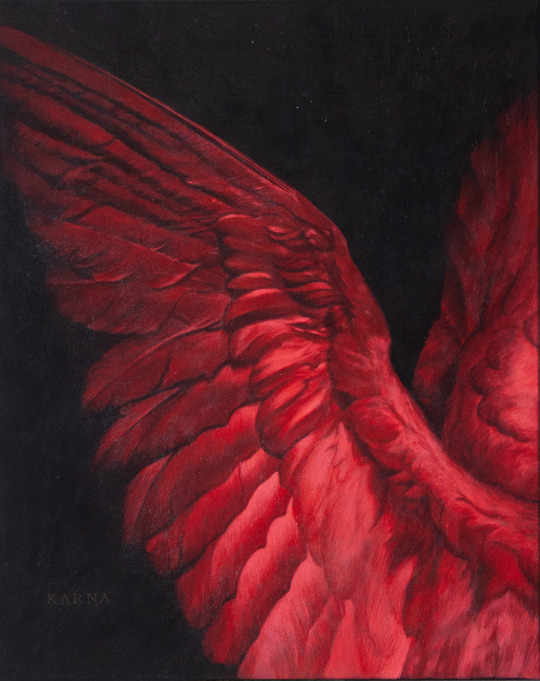
𝑅𝑒𝑑 𝑤𝑖𝑛𝑔𝑠
Instagram
#artists on tumblr#dark art#art#dark aesthetic#gothic#demoness#демоница#lilith#lucifer#demon#baroque#renaissance#redaesthetic#painting#wings#fallen angel
5K notes
·
View notes
Text
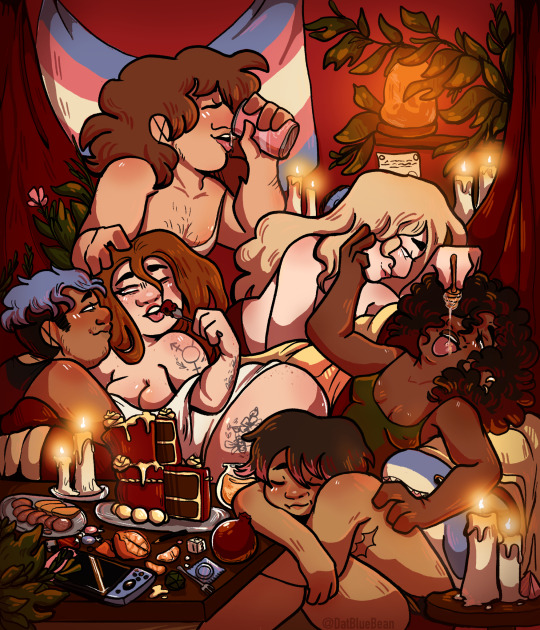
No more trans doom scrolling! Today we are embracing trans hedonism!
T4t love, polyamory, queer platonic relationships, and friendships are so beautiful! Embrace pleasure, embrace rest, embrace yourself and all those you love! Eat that cake, kiss that person, take that nap, enjoy your life! Today I call for an era of radical trans joy!
#trans#transgender#t4t#hedonism#hedonic#baroque#polyamory#queer#queerplatonic#queer artwork#trans joy#trans pride#aesthetic#original art#artist#digital art#candles#modern#modern renaissance#modern baroque#top surgery scars#nonbinary#transmasc#trans femme
9K notes
·
View notes
Text
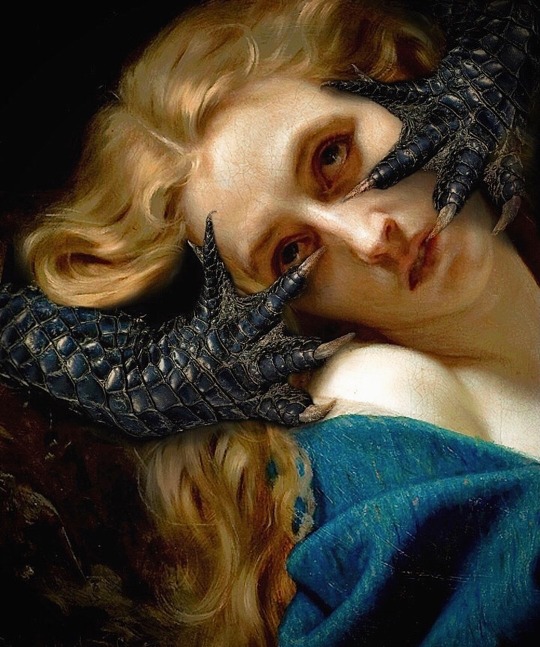
By Robin Isely
#painting#art#artist#artblr#oil on canvas#oil painting#dark art#goth#gothic#dark academia#classical art#classic academia#renaissance painting#renaissance art#spooky#baroque art#baroque painting#art blog#dark aesthetic#chaotic academia#aesthetic#art gallery#art community#artists#art history
4K notes
·
View notes
Photo
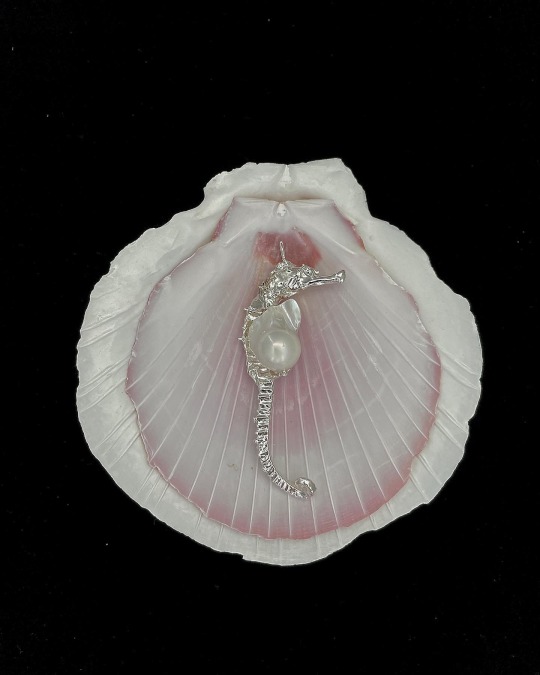

Seahorse pendant, the pouch is baroque pearl. After a lovely courtship ceremony, females deposit eggs to male seahorses' pouches and males carry the eggs and give birth.
#moon and serpent#handmade jewelry#artists on tumblr#seahorse#pregnant seahorse#mermaids#merfolk#genderqueer#nonbinary#mermaidcore#sea lover#ocean aesthetic#baroque pearl#seashell#oyster#molluscs#sea creatures#iridescent#white pearl
15K notes
·
View notes
Text
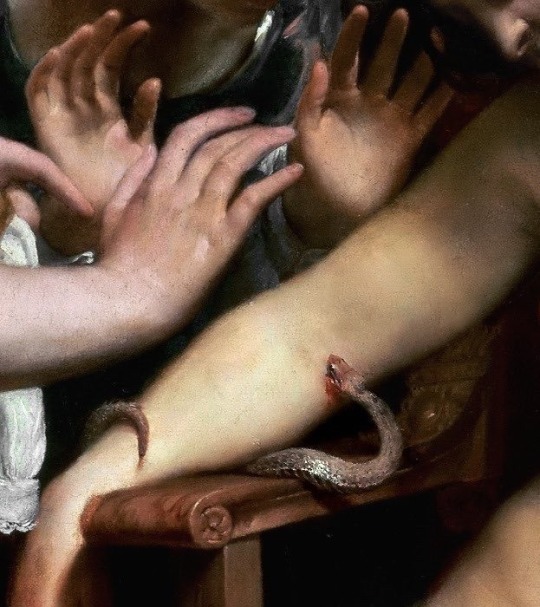

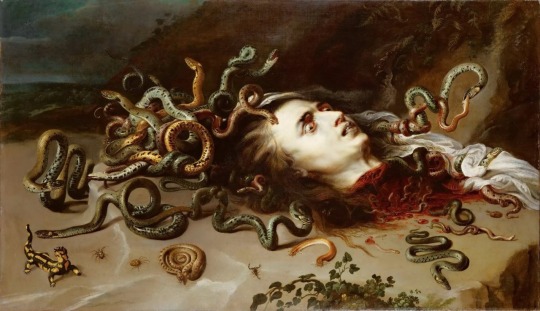
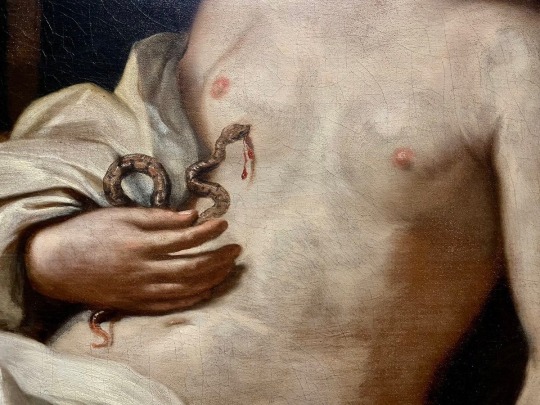


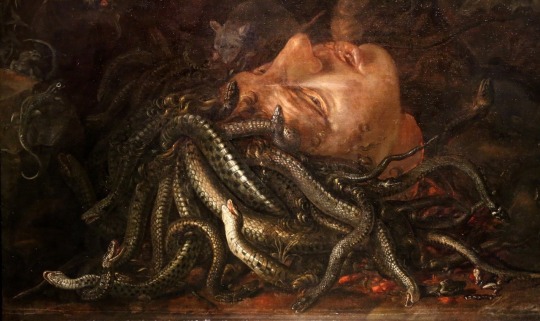



Serpents in paintings
#painting#art#dark academia#goth#gothic#oil on canvas#art history#oil painting#aesthetic#dark academia aesthetic#serpent#mythology#vintage#renaissance#renaissance painting#renaissance art#baroque#baroque painting#baroque art#artist
4K notes
·
View notes
Text

Cupid and Psyche by Louis-Jean-François Lagrenée (1767)
#louis-jean-francois lagrenee#art#paintings#fine art#18th century#18th century art#baroque#baroque art#rococo#rococo art#painting#french art#french artist#mythology#greek mythology#cupid#psyche#cupid and psyche#classic art
2K notes
·
View notes
Photo
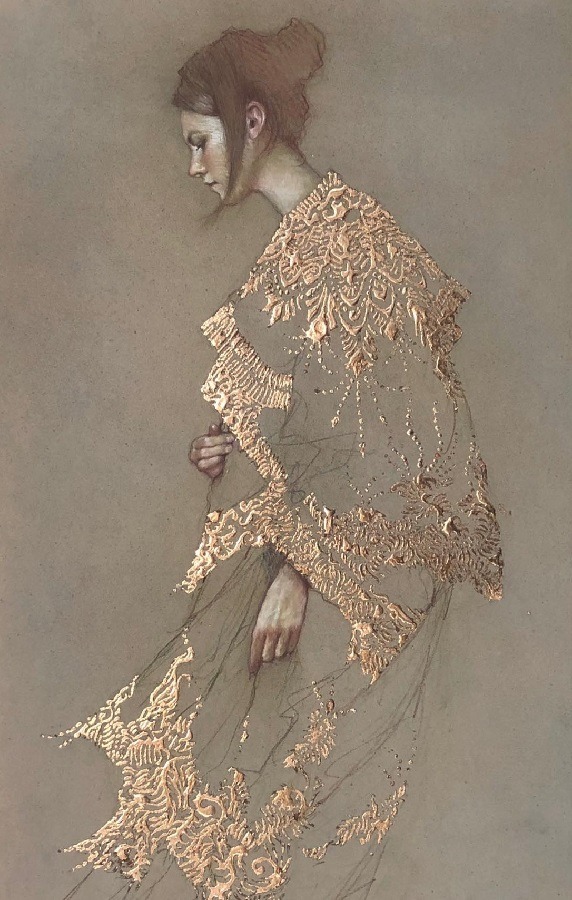

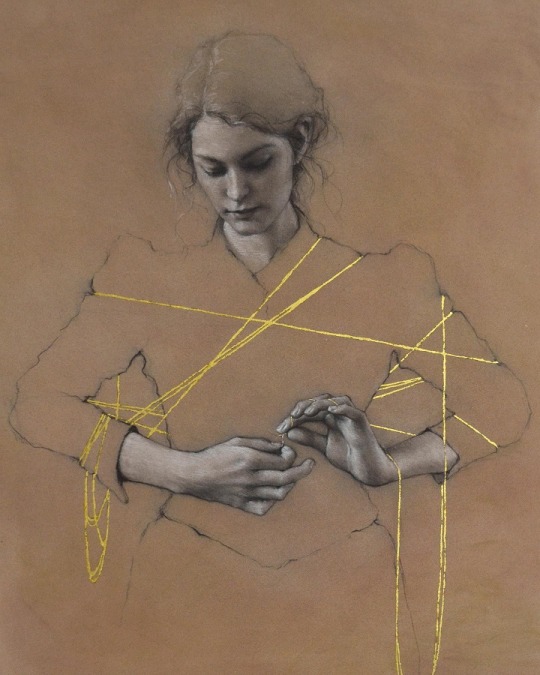


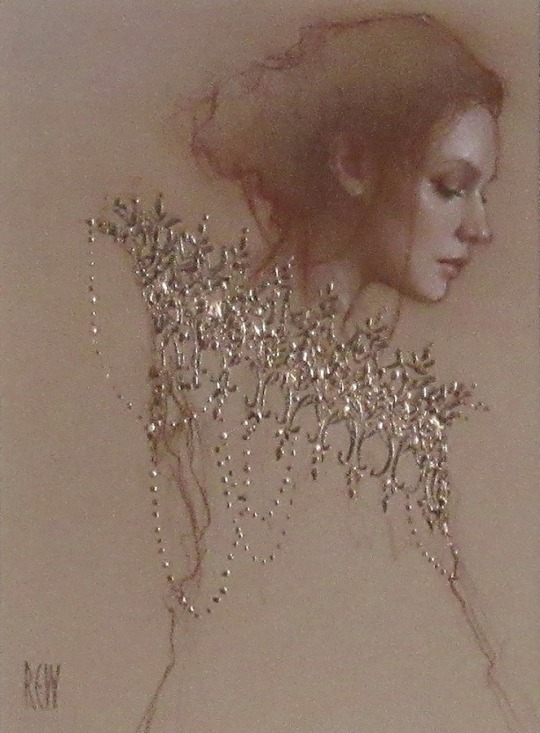
Stephanie Rew
Windswept
Grace Under Pressure (The Golden Thread)
Ice Blue Gaze
Glisten
Study for Nameless Queen
#stephanie rew#art on paper#pastel and gold leaf#figurative art#female portraiture#contemporary#baroque style#british artist#art detail#women artists
10K notes
·
View notes
Text

Self-Portrait as the Allegory of Painting (La Pittura), Artemisia Gentileschi, 1638-39
#art#art history#Artemisia Gentileschi#female artists#portrait#portrait painting#self-portrait#allegory#allegorical art#Baroque#Baroque art#Italian Baroque#Italian art#17th century art#oil on canvas#Royal Collection
982 notes
·
View notes
Text

Philippe de Champaigne
Still Life with a Skull
circa 1671
#Philippe de Champaigne#baroque#baroque art#baroque painting#baroque painter#baroque artist#french art#french artist#french painter#french painting#baroque aesthetic#aesthetic#beauty#art history#aesthetictumblr#tumblraesthetic#tumblrpic#tumblrpictures#tumblr art#tumblrstyle#artists on tumblr
96 notes
·
View notes
Text
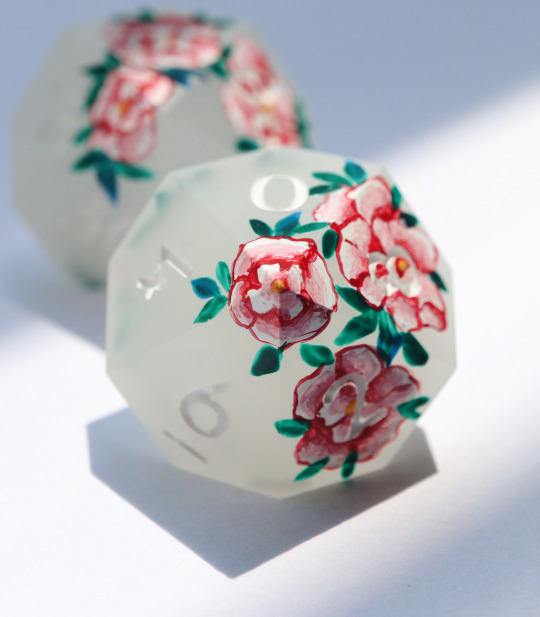

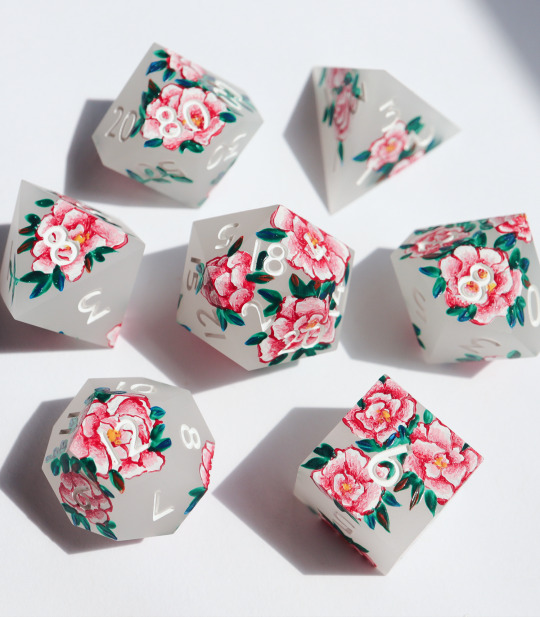

✤ 𝐈𝐧 𝐁𝐥𝐨𝐨𝐦 ✤ some fresh peonies to usher in the New Year 🌸 you can preorder this set here
#dnd#dungeons and dragons#dice#dnd dice#peonia#peonies#artists on tumblr#floral#baroque#handpainted dice
5K notes
·
View notes
Text
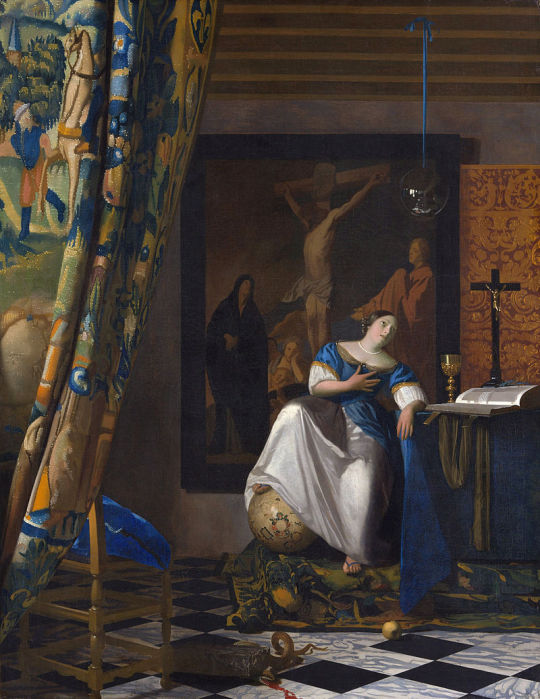
ALLEGORY OF THE CATHOLIC FAITH, ca. 1670–72 by JOHANNES VERMEER
It is widely accepted by most scholars that the woman of Allegory is the penance-worshipping MARY MAGDELENE, a symbol of belief in CHRIST and the CATHOLIC FAITH. Her foot rests on a globe she seems ready to cast aside: she is abandoning worldly life for the life of CHRIST.
The first thing that came to my mind when I saw ALLEGORY was that VERMEER is imitating paintings that portray the Holy Virgin as she is portrayed in the Bible, but VERMEER'S version of the Virgin is very different.And the apple on the floor near MAGDALENE’s left foot is, obviously, the very one from EDEN.
In Allegory, the image on the wall behind him is a re-creation of JORDAENS' painting, "CRUCIFIXION," though VERMEER may have copied it from JORDAENS' original. The painting is believed to have been owned by VERMEER'S mother in-law MARIA THINS.
To the left of Magdalene is the home altar with what appears to be a missal and of course, the crucifix and chalice. Perhaps the ball hanging from the ceiling is meant to be a reflection, as in pondering, which is what MARY MAGDALENE. appears to be doing. Or maybe the artist is simply showing off his technical skills.
That leaves the leather screen to our right and the tapestry to the left. The tapestry appears in other VERMEER works (and in this case offers more proof that the artist used the camera obscura technique),
#Allegory of the Catholic Church#johannes vermeer#baroque painting#baroque#baroque artwork#baroque style#baroque artist
2 notes
·
View notes
Text
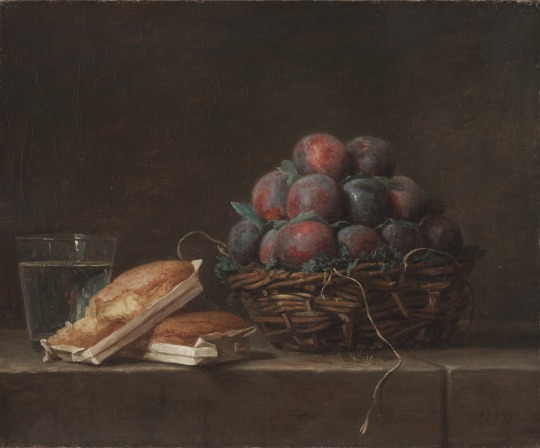
Basket of Plums by Anne Vallayer-Coster
French, 1769 (exhibited at the Salon of 1771)
oil on canvas
Cleveland Museum of Art
#still life#fruit#plums#Anne Vallayer-Coster#Anne Vallayer Coster#woman artist#female artist#baroque#French#art#Cleveland Museum of Art
851 notes
·
View notes
Text
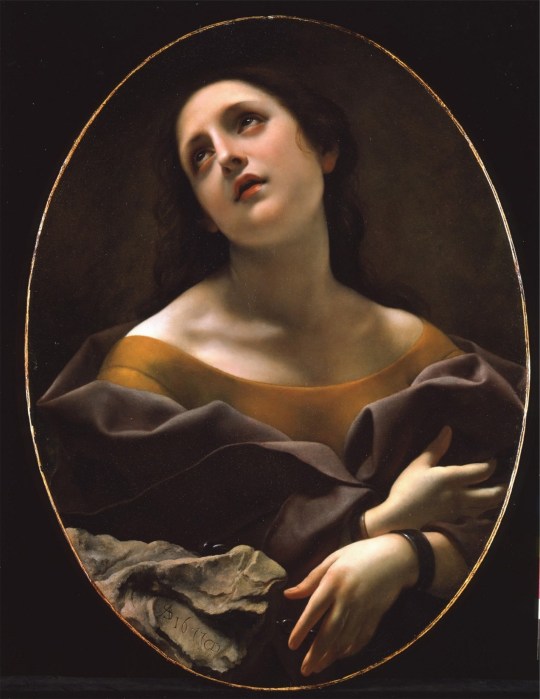
Carlo Dolci (Italian, 1616-1677) An Allegory of Patience • 1677 • Carlo Orsi Antichità
1K notes
·
View notes